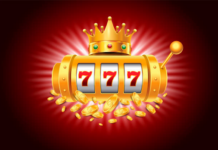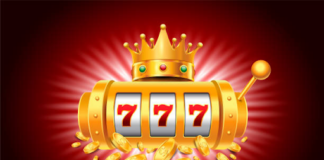The truth is that fables are full of stories and myths that have been woven into the fabric of human culture since ancient times. They are thought to be created by writers to entertain, but they are more often than not considered a serious form of literature.
In short, fables are literary stories, and as such, the ideas behind them are often considered “holy,” or in some cases “supernatural.” And as many believe, fables have a lot of historical, cultural, and religious significance.
Fables are thought to have been created by a variety of cultures and religions. Some of these cultures and religions are said to have created them for entertainment, while others are said to have created them to give power to holy heroes. As such, they have been used as a way to spread information, and even to spread fear. The fact is that the best way to spread a fable is to use it as an analogy.
This is one of those times where you can’t just go with the cliché “fables have a lot of historical, cultural, and religious significance.” While I agree, for the most part fables are simply stories or riddles. They are created by people who are trying to get their message across, or who are trying to make people think.
People have been using fables for centuries to convey messages. There are many types of fables, but the general types of fables are ones that tell us important things about humanity. Sometimes these types of fables are made to look like animals, like the wolf in the tale of the golden calf. But most of the time fables have a human aspect.
In medieval Europe, fables were used to entertain people. They were meant to be entertaining. In the 18th century, the idea of a fable was to be an interesting story, so that people would want to read more. In the 19th century, the idea of a fable was to be a story that made people think or learn something. But today, the fable is often used as an illustration of a particular point.
For example, in the story “The Tale of the Golden Calf,” a fable is told and is meant to illustrate a point. In a sense, a fable is a story that is used to illustrate a point, but not to be an actual story. In the story, the fable is a story about a golden calf (hence the name), who was supposed to be the first son of God.
The fable is meant to be an example of how the first son of God, Adam, was supposed to be, but not how he actually was. In the story, the first son of God was supposed to be a golden calf who did not yet have the power of speech, but his son was a successful man who became an important leader in his own right. As a result, the story is meant to illustrate the power of speech in general and not the first son of God specifically.
The name fable comes from the Greek word for “story,” so it’s important that fables reflect the power of stories. In that sense, fables are about stories. They are meant to be a reminder of how stories can be used to communicate. Fables are meant to be more than just story-telling. They are meant to be a reminder of what stories can do.
The story of the fable was originally told by the Babylonian king Belshazzar. After him, many writers have used the story to communicate messages about what it is to be a king. At first, the fable was seen as an allegory of the Babylonian king’s power over his people. But it was later discovered that the Babylonians actually invented the fable, or even invented the story itself.








